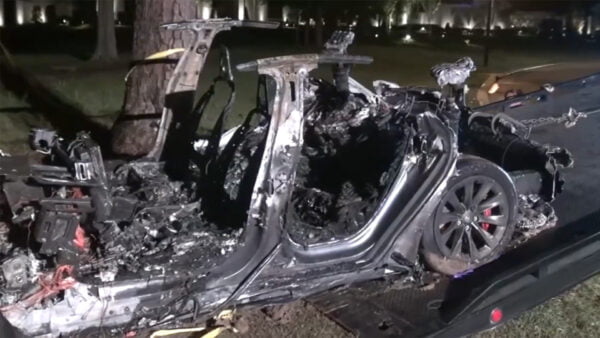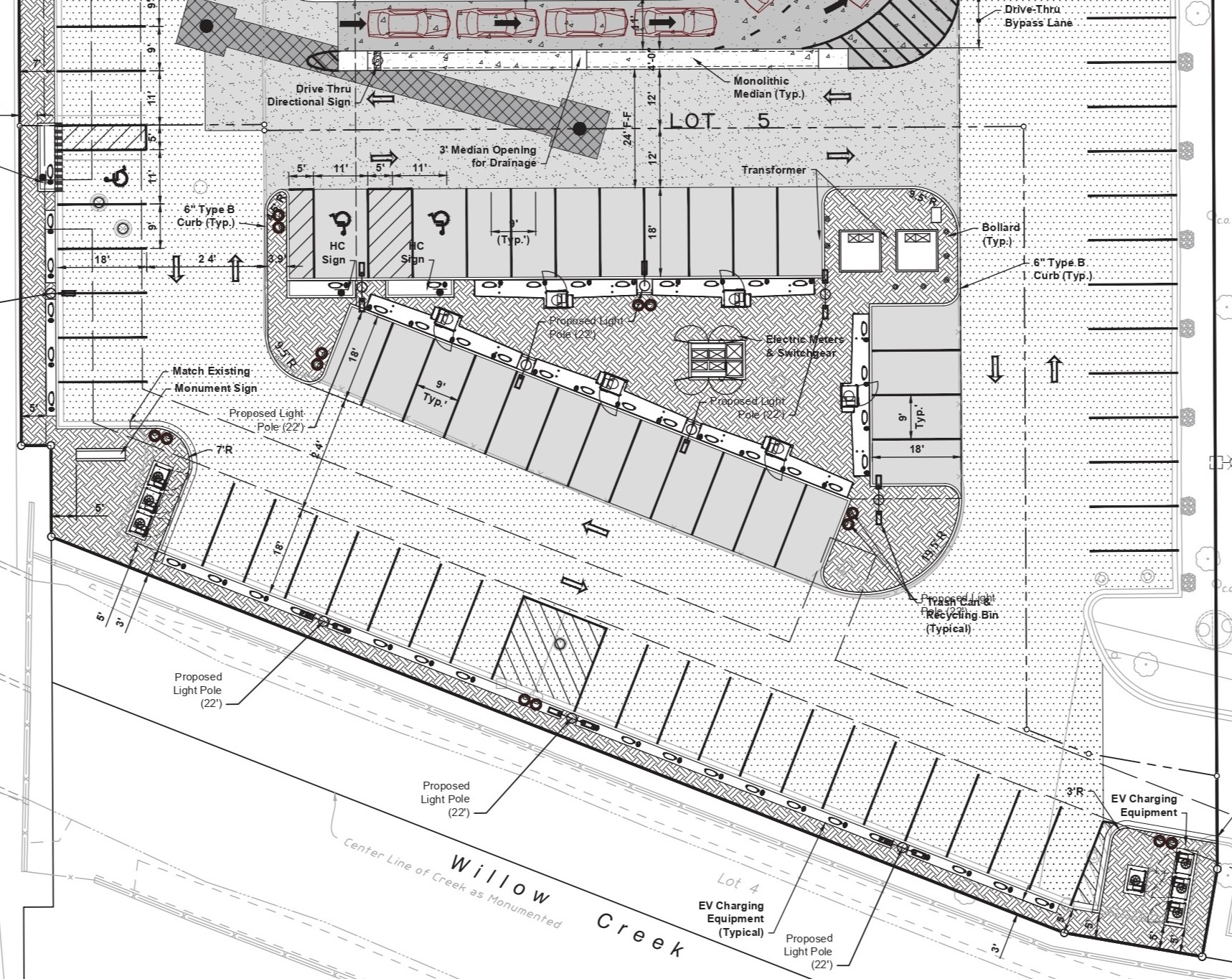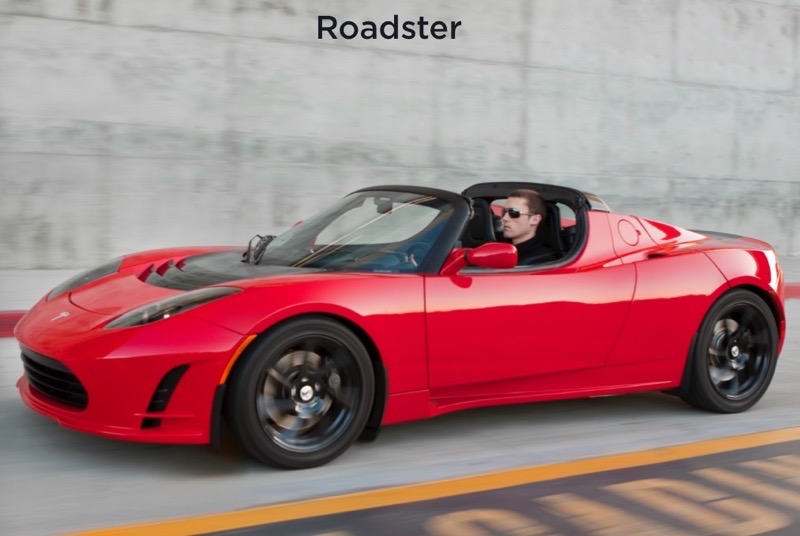
Tesla Crash Fire Put Out in Minutes, Not Hours Says Texas Fire Chief

After two passengers in a Tesla Model S fatally crashed Saturday, the Wall Street Journal and a number of local media outlets were heavily criticized by Tesla CEO Elon Musk for misreporting details on the crash. And in a new update, a Texas police chief has corrected some of the details originally reported.
On Monday, Woodlands Township Fire Department Palmer Buck told the Houston Chronicle that many of the rumors reported on Saturday’s fire had simply been not true.
Specifically, Buck said the rumors themselves of the Model S burning uncontrollably for four hours were actually what “grew way out of control.”
In a statement to the Houston Chronicle, Buck said, “With respect to the fire fight, unfortunately, those rumors grew way out of control. It did not take us four hours to put out the blaze. Our guys got there and put down the fire within two to three minutes, enough to see the vehicle had occupants.” Buck continued, “After that, it was simply cooling the car as the batteries continued to have a chain reaction due to damage.”
Your research as a private individual is better than professionals @WSJ!
Data logs recovered so far show Autopilot was not enabled & this car did not purchase FSD.
Moreover, standard Autopilot would require lane lines to turn on, which this street did not have.
— Elon Musk (@elonmusk) April 19, 2021
Buck also confirmed that Autopilot and Full Self-Driving (FSD) had not been factors, though a constable on the scene originally told media that it was likely to have been involved.
In a response on Twitter Monday, Elon Musk posted that a person’s “research as a private individual is better than professionals at @WSJ,” pointing out the number of inaccuracies in the original article and explaining that Autopilot and FSD could not have been activated, since the vehicle was not equipped with FSD and Autopilot requires lane lines, which this street didn’t have.
Buck continued later, emphasizing the importance of keeping up with new technologies, “It is our job to keep up with the newest technologies, whether it is electric cars or other newer vehicles. They have strengthened uni-bodies, some of the framework they use is (high-tech) steel. The old ‘jaws of life’ will not cut through that. The ‘jaws of life’ would not have even made a dent in this car,” Buck said of the Tesla Model S.
“We have had to upgrade tools and upgrade our training and processes. It is really continuing education keeping up with the new technology. There are high voltage loops that run through the car, which you don’t want to come in contact with. In the Tesla emergency manual, the company has made special notes for people of where to cut the lines to cut power. For us, it is a reminder why we have to keep on top of new technology and how these cars potentially fail,” added Buck.

